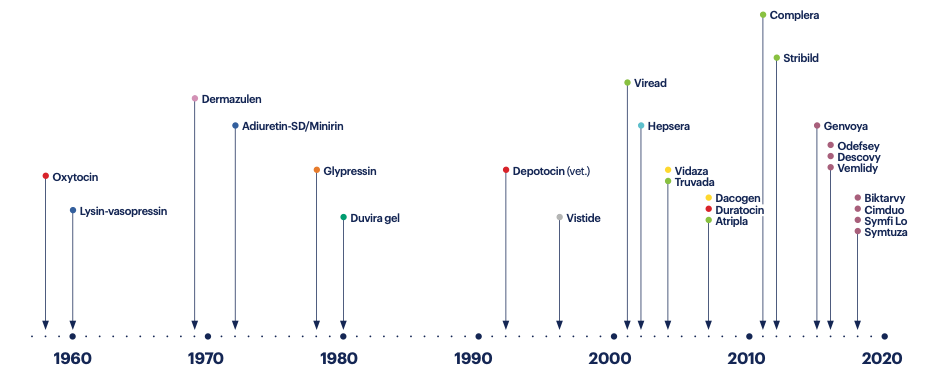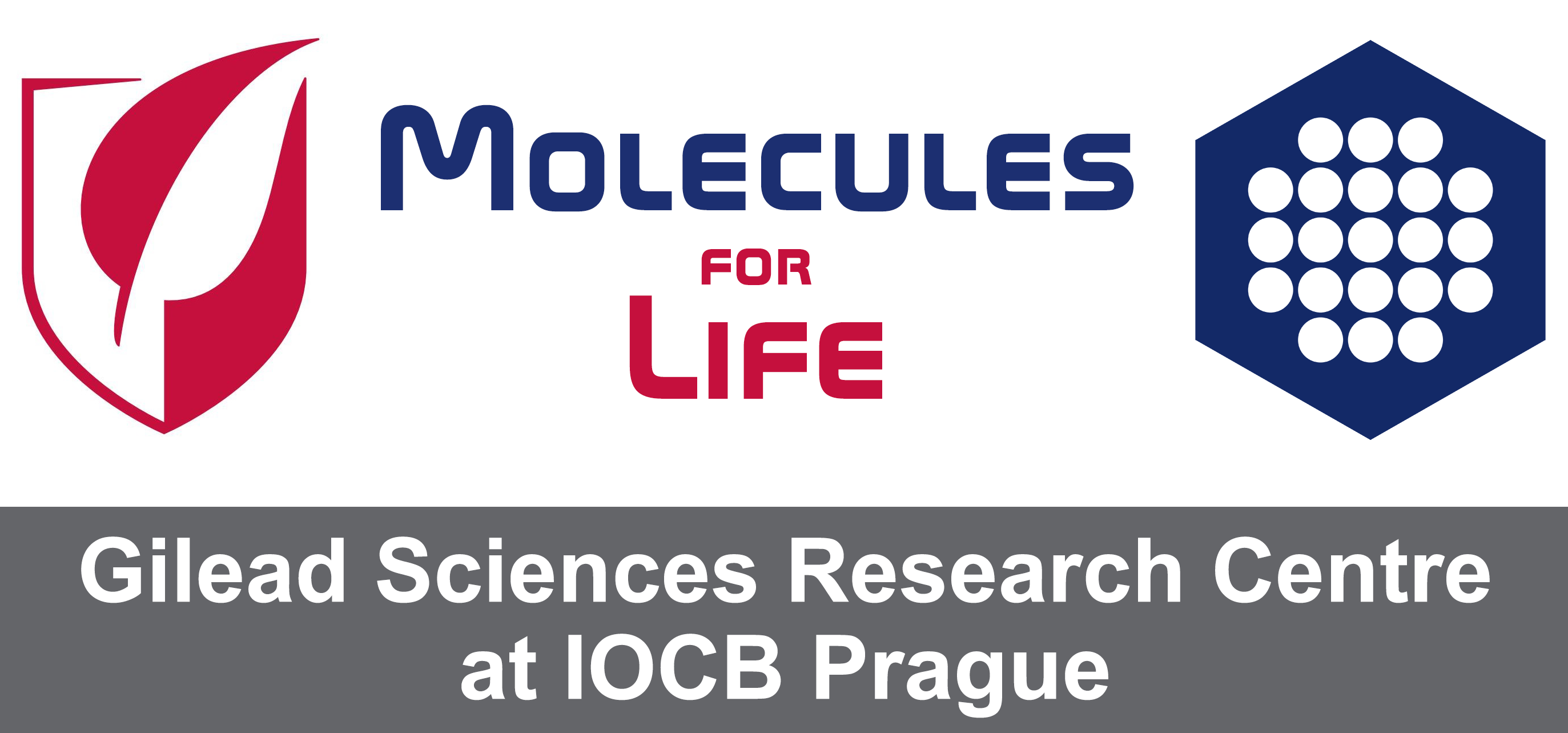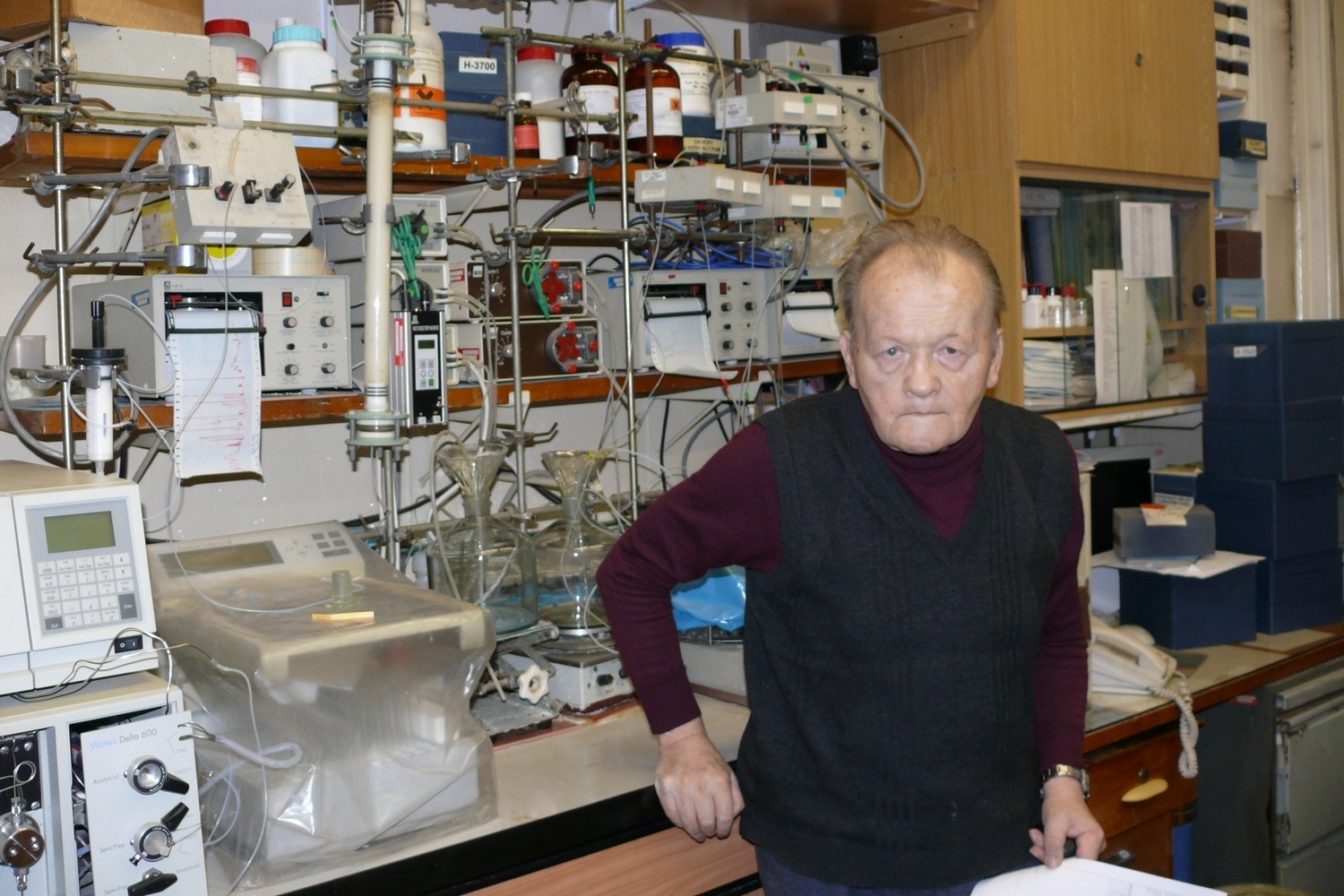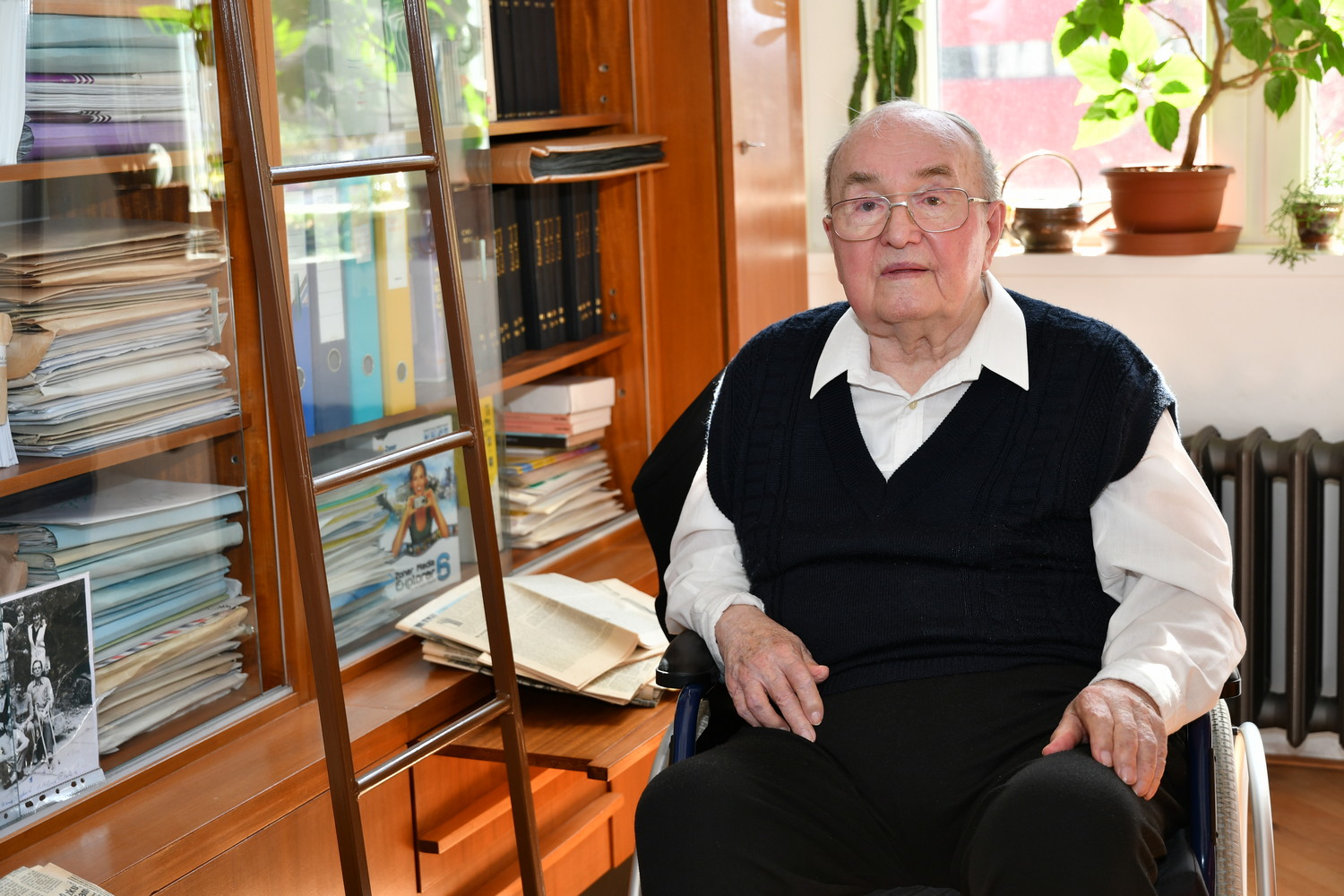Highlights
Successful basic research and modern structure
The quality of IOCB science is regularly and rigorously assessed by an international advisory board comprised of respected authorities from research institutes and universities around the world. IOCB has pioneered a progressive system of junior groups with talented scientists from different countries hired in an open international competition, during which they demonstrate their unique expertise and submit scientific proposals. Every five years, all research groups undergo a complex evaluation that strictly adheres to transparent rules based on scientific merit.
Medicinal chemistry and drug development
IOCB has always been active and successful in applied research and practical applications, particularly in medicinal chemistry. The tradition started in 1969 with an ointment called Dermazulen, which was followed by the development of several human peptide hormones and their analogues (lysin-vasopressin, oxytocin).
From a global perspective, the most significant contributions were acyclic nucleotide phosphonate antivirals (especially tenofovir as a component of Truvada, Atripla, and other anti-HIV and anti-HBV drugs) discovered by Prof. Antonín Holý at IOCB and later developed and marketed by Gilead Sciences, Inc.
Besides this well-known antiviral drug story, several other nucleoside compounds developed at IOCB became approved drugs. These include Decitabine, which is used in the treatment of acute myeloid leukemia, Azacytidine, which targets myelodysplastic syndrome (both discovered by Holý’s peer Dr. Alois Pískala), and 9-(2,3-dihydroxypropyl)adenine (DHPA), an acyclic nucleoside analogue discovered by Holý and used clinically in anti-herpes ointments.

Gilead Sciences Research Centre at IOCB Prague
The unique collaboration between IOCB Prague and Gilead Sciences, Inc. dates back to the 1990s. A partnership program called Gilead Sciences Research Centre at IOCB Prague was established in 2006 for an initial period of five years with an annual donation of $1.1 million to expand IOCB efforts in the field of human disease research. The program was renewed in 2011 and again in 2016 with increased annual funding of $1.35 million.

Antonín Holý and Alois Pískala: contrasting fortunes of two classmates
Two of the most prominent IOCB scientists were contemporaries who studied organic chemistry in the same class, shared competition prizes in their university years, and later became lifelong colleagues at IOCB Prague. Both made significant contributions to society in the form of novel active compounds used in the treatment of serious diseases, yet their intertwined destinies were strikingly different. While the well-known discoveries of Antonín Holý brought him fame and fortune, Alois Pískala was always on the sidelines, and to this day his merits await full appreciation.
Prof. Antonín Holý

- born in Prague in 1936
- studied organic chemistry at the Faculty of Mathematics and Physics, Charles University in Prague
- at IOCB from 1960 to 2012, director from 1994 to 2002
- research on acyclic nucleoside phosphonates
- successful active compounds: adefovir, cidofovir, and tenofovir (in collaboration with Erik de Clercq from KU Leuven)
- patented and licensed to Gilead Sciences in 1990
- antivirotics to treat HIV infection, hepatitis B, and other diseases
- major income from patent royalties for both Antonín Holý and IOCB Prague, established a longstanding partnership between IOCB and Gilead Sciences
- received multiple honors and awards, nominated for the Nobel Prize
- married at the age of 23 to his lifelong partner Ludmila
- died in Prague in 2012
- nucleotide chemistry and nucleic acid research continues at IOCB in different research groups
Dr. Alois Pískala

- born in Hlučín in 1933
- studied organic chemistry at the Faculty of Mathematics and Physics, Charles University in Prague
- at IOCB from 1959 to 2009
- research on 5-aza-analogues of pyrimidine bases
- successful active compounds: 5-azacytidine (commercial name VIDAZA); 5-aza-2'-deoxycitidine /decitabine (DACOGEN)
- patented and published at IOCB in the mid-1960s (it took another 40 years for them to be introduced to the market as orphan drugs, long after the original patents had expired)
- cytostatics used in the treatment of acute myeloid leukemia and myeloid dysplastic syndrome
- no income or fame from the patents
- acknowledged shortly before his passing by IOCB Prague
- married at the age of 80 to Hana
- died in Český Brod in 2018
- new studies on modification of his compounds continue at IOCB & Johns Hopkins University
Commercialization of results from basic research
In applied research, IOCB’s long tradition of translating results of basic research into products that help people live better lives continues to this day. We’ve established a dedicated applied research infrastructure that consists of several internal spin-offs.



